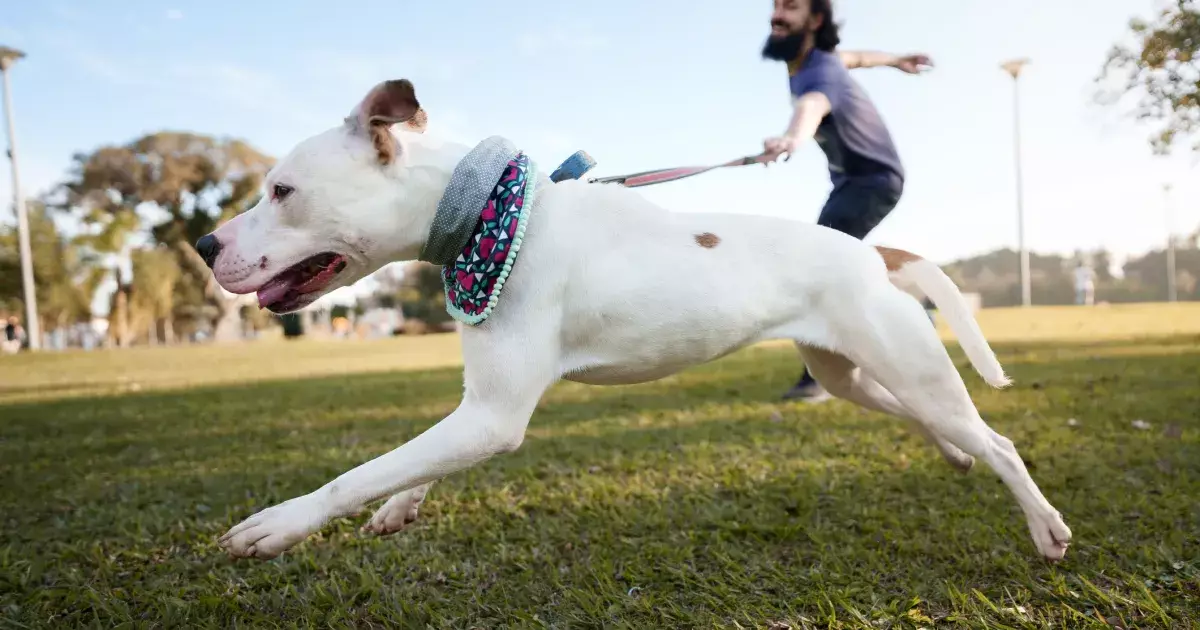Leash pulling can be one of the most frustrating training challenges faced by dog owners. It often turns what should be an enjoyable walk into a constant battle of wills. The good news is that with the right techniques, patience, and consistency, you can teach your dog to walk calmly beside you without the incessant tugging.
To address leash pulling, it is essential to comprehend why dogs exhibit this behavior in the first place. Often, it stems from their instinctual desire to explore the world around them. Dogs are curious creatures; when they see an interesting smell or an appealing sight, they tend to take off in that direction. Additionally, if dogs have previously been rewarded with freedom or exploration for pulling, they will naturally continue to do so because it has been reinforced throughout their experiences. Acknowledging these underlying motivations is key to shifting their behavior.
The cornerstone of effective leash training revolves around teaching your dog that pulling will not lead them to the rewards they seek. This involves a structured approach that requires your dedication as well as your dog’s willingness to learn. Begin your training by choosing a quiet location where there are minimal distractions. Introduce a flat-buckle collar and a leash of appropriate length—ideally between four to six feet long—for optimum control and comfort. Avoid using retractable leashes since they can inhibit progress by allowing the dog to unknowingly reinforce pulling behavior.
When your dog begins to pull, halt immediately. This may feel counterintuitive, especially if you’re used to moving forward in response to pulling, but it is crucial for establishing boundaries. Call your dog back to you, perhaps by using treats or engaging their focus with their favorite toy. It’s important that when they return, they are met with positive reinforcement. This can include treats, praise, or simultaneous affection, creating a rewarding situation for them to associate “returning to your side” with positive experiences.
Be prepared for a learning curve; training may feel slow initially as your dog is accustomed to pulling. Consistency is vital—each time they begin to pull, your response should be the same. The objective is for them to recognize that pulling will not move them forward.
Keeping a detailed log of your training can be remarkably beneficial. Note how many steps your dog can take without pulling. For example, if they manage five steps beside you before yanking, celebrate that small victory! Keeping track of these milestones serves as a tangible measure of progress and can be incredibly motivational when you feel as though advancement is stagnating.
During training sessions, strive to maintain a positive atmosphere. Praising your dog and celebrating achievements, no matter how small, helps solidify their understanding of the desired behavior. It transforms the process from an obligation into a fun activity that you both can enjoy together.
Remember, traditional training for loose-leash walking should still accommodate your dog’s need for exercise and exploration. For instances when you want to allow them the freedom to roam and sniff around, switch to a harness. This indicates a different set of rules for them, allowing for a more relaxed interaction with their environment. While they wear the harness, let them indulge in playful freedom, but do ensure to return to the structured collar and leash when resuming training exercises.
Achieving a dog who walks calmly by your side is possible with consistent practice and dedication. By creating positive associations with walking without pulling, tracking your progress, and adjusting your approach as needed, your walks can evolve into a harmonious experience for both you and your faithful companion. Remember, patience and consistency are your best allies in this journey to fantastic leash etiquette.

